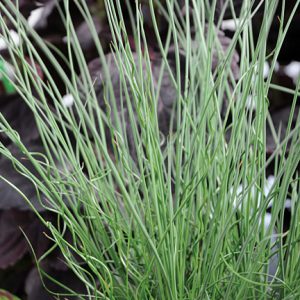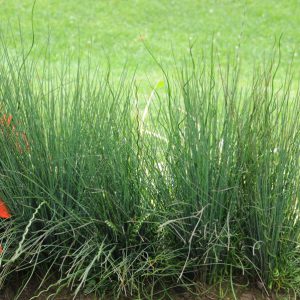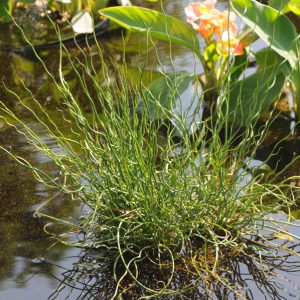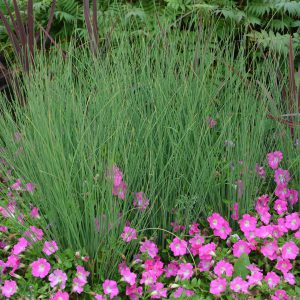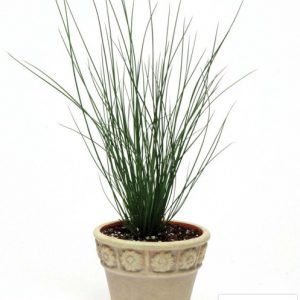Juncus
The Juncaceae include approximately 400 species divided into 8 genera (according to Watson and Dallwitz). Rushes (Juncus) and luzules (Luzula) are the best-known representatives of this family. Rushes, herbaceous perennial plants, belong to the genus Juncus.
The scientific name Juncus given by Linnaeus in 1753 comes from the Latin iungere, which means to bind, thus evoking an ancient use of serving as a link. From ancient times until the early 1900s, the English peeled rush stems and soaked them in animal fat, grease, or wax to make inexpensive candles. In Japan rush is grown to make traditional tatami mats.
These Poaceae grow in humid places. They are not generally leafy, being made up of cylindrical leaves. Most rushes have a well erect linear habit. They produce numerous small green, yellow or brown florets, grouped in fascicles.
As they grow naturally in cold to temperate zones, most rushes are perfectly suited to our climatic conditions. For maximum performance, they are grown in moist, loamy soil. They can also be grown in sand or gravel, but these dry soils require watering during heat waves. Full sun is preferred, but light shade is also suitable. The rushes can therefore adapt to several growing conditions.
In several places in Quebec, especially in places where there is good snow cover, the foliage remains relatively intact but sometimes the tips of certain stems have turned brown. As old stems must be cut back to the ground to encourage new growth, they are often cut back each spring.
Rushes can help fight erosion in riparian borders. Several rushes have ornamental qualities appreciated in water garden settings where they can be grown under at least 7 to 12 cm (3 to 5 in) of water. Depending on the species and cultivars, they bring a natural aspect to these arrangements, sometimes fantasy. It is a plant that more and more gardeners are fond of, others find that it rather resembles grass: de gustibus non est disputandum.
